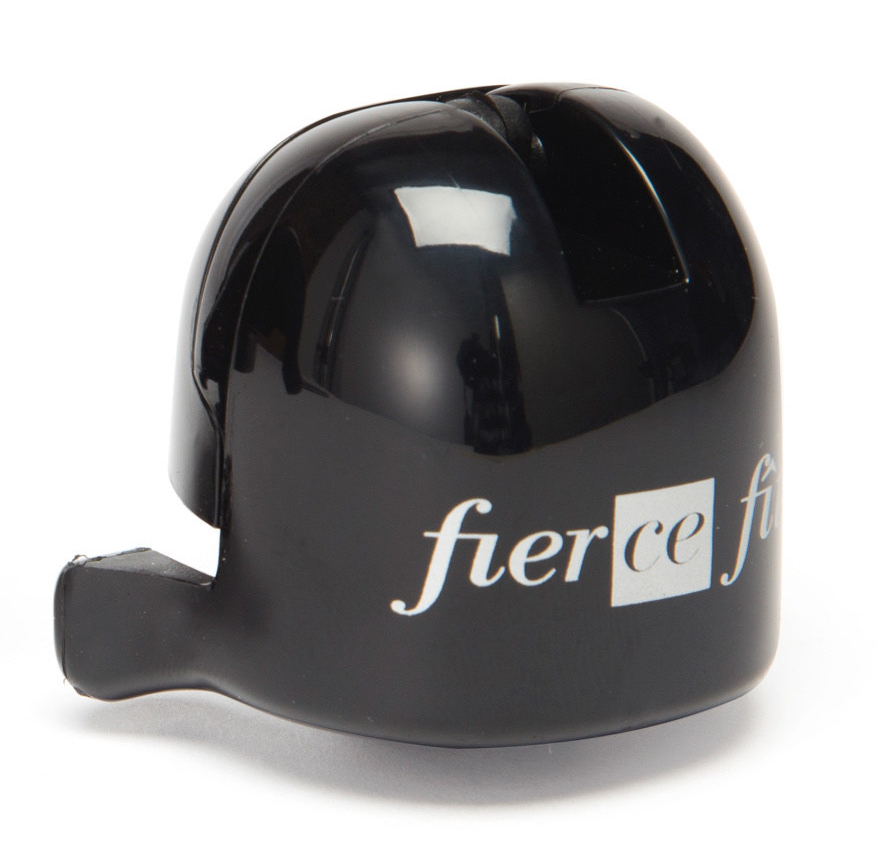Champagne Blanc de Noirs
The world of Champagne has many specific words and expressions, including the "Blanc de Noirs" Champagne.
This expression is mostly used in Champagne and indicates the type of grapes used in the assemblage of a Cuvée.
Blanc de Noirs means that the clear-looking Champagne was actually made from the two black grape varieties, Pinot Noir and Meunier, in assemblage or vinified individually.
Champagne Blanc de Blancs, on the other hand, differs from Blanc de Noirs in being made exclusively from the white Chardonnay grape variety.
THE THREE MAIN CHAMPAGNE GRAPE VARIETIES
The three grape varieties that have best adapted to the nature of the terroir champenois and are therefore majority are:
- Pinot Noir: black grape variety (38% of the vineyard)
- Meunier: black grape variety (33% of the vineyard)
- Chardonnay: white grape variety (29% of the vineyard)
The other grape varieties, Arbane, Petit Meslier, Pinot Blanc, and Pinot Gris (all white grapes), are also present and authorized, but represent less than 0.5% of the vineyard.
ELABORATION
Wine gets its color from the skin of the grape-not the pulp, as one might expect!
White juice can therefore be made from black grapes.
In fact, almost all dark grapes have white juice, as do white grapes. Only the skin of the berries contains the coloring pigments.
The color associated with red wine is actually contained in the skin of the grape and is released only when the juice and skins ferment together. However, if dark grapes are crushed before fermentation, the skins are separated from the juice and white wine is obtained.
To obtain white juice, the black grapes must then be pressed without delay (direct pressing), both quickly and gently, so that the skins do not have time to macerate with the juice and color it.
No maceration of the skins, no coloring of the juice!
THE 2 GRAPE VARIETIES OF CHAMPAGNE BLANC DE NOIRS
Pinot Noir, the star of Burgundy known for its red wines, also makes Champagne. It is the most widely grown grape variety in the Champagne appellation region and dominates in the Montagne de Reims and Côte des Bar. At ease in cool, limestone soils, it is most common in the Grands Crus and Premiers Crus villages.
Pinot Noir from the Montagne de Reims, with its particularly calcareous soils, is mineral and powerful due to chalk. In other areas with clay-limestone soils, it is rounder and fruitier.
On the nose, Champagnes made with Pinot Noir combine accents of fruit, cherry and strawberry, dried fruit, almond, and touches of spice, honey, sometimes mocha or fumée. On the palate, they stand out for the power, body, and length that this varietal brings both in blends and when vinified alone.
In the latter case, Champagne will reveal all the characteristics of the varietal, its terroir and the artist who makes it.
Meunier, grown mainly in Champagne, is a very old variant of Pinot Noir, but it is more vigorous than the latter. Resistant to spring frosts, it is adapted to areas with difficult ripening.
Widespread in the Vallée de la Marne, it is beginning to be grown more and more in other areas as well. It likes clay, moist or sandy soils.
On the nose, this varietal gives Champagne fruity aromas such as ripe apple, yellow fruit and dried fruit.
On tasting, it reveals fruity aromas of raspberry, apple and red currant, which give the wine freshness, smoothness and roundness.
Champagnes resulting from blending the two black varietals gain in power and fruitiness with better aging.
And now that you know all about Blanc de Noirs Champagnes, head to our Boutique to taste them with your favorite dishes!
Cin cin et à votre santé!

 My bag
My bag
 The Boutique
The Boutique
 Login
Login


